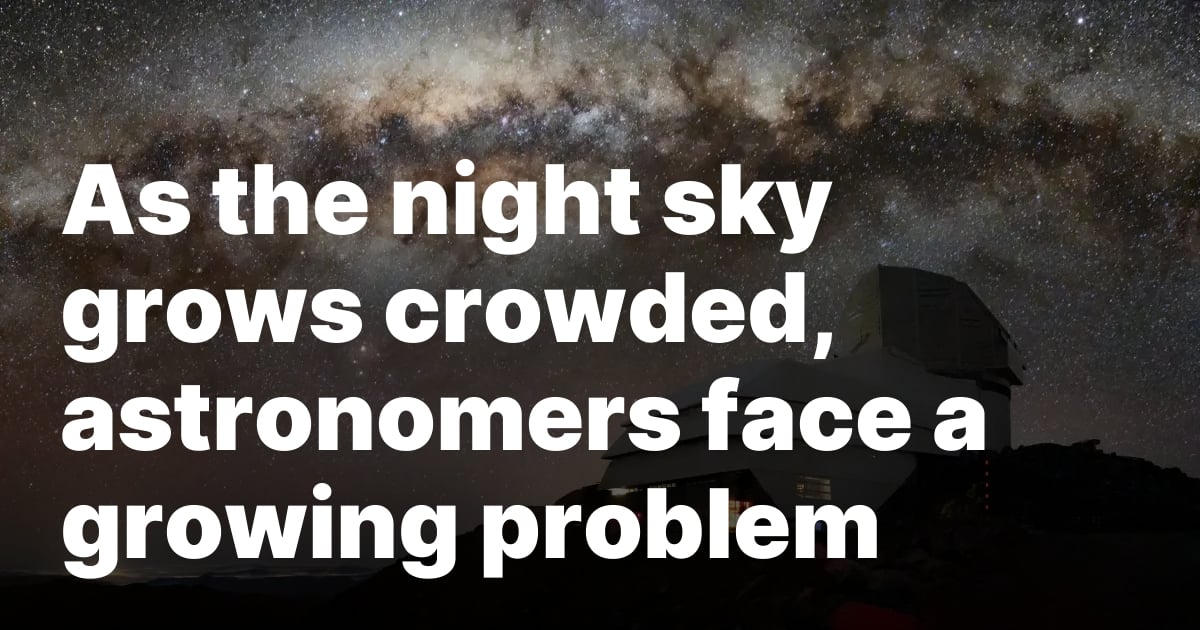For now, Rubin Observatory astronomers say, the problem is manageable.“It’s merely a nuisance and not catastrophic,” said Yusra AlSayyad, a Rubin astronomer, during a briefing at the 245th Meeting of the American Astronomical Society (AAS) Jan. 16. She estimated that fewer than 1% of pixels on each image will be affected by satellites.
At the AAS meeting, the largest annual conference for astronomers, the organization announced it had adopted a new resolution opposing the development of what is known as “obtrusive space advertising,” or satellites in orbit displaying advertising images that can be seen from the ground. Just like satellite megaconstellations, astronomers worry such advertising could interfere with their observations.
While interference from space advertising remains hypothetical, other phenomena are happening now. One is so-called “ionospheric holes” created when exhaust from upper stages performing deorbiting burns interacts with the ionosphere, creating a bright red glow in the night sky that can linger for a half-hour.


